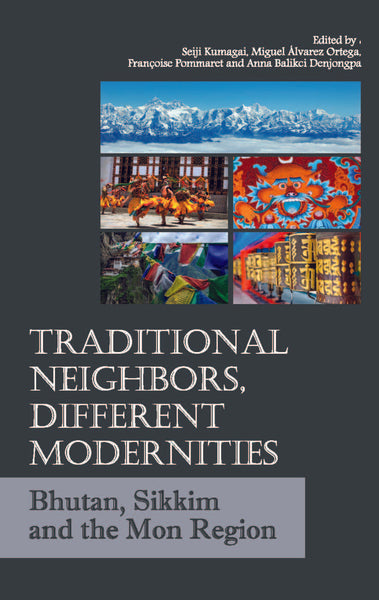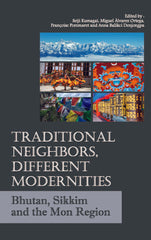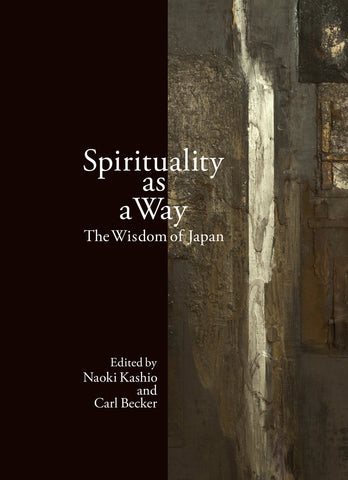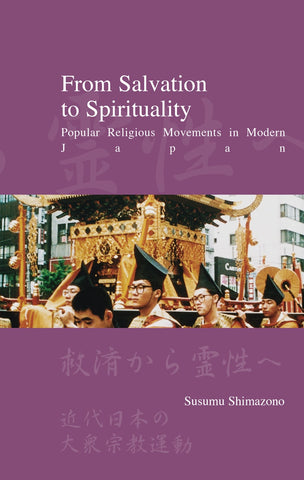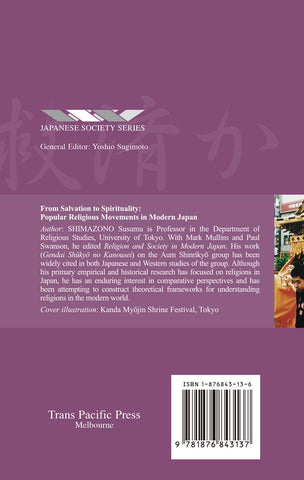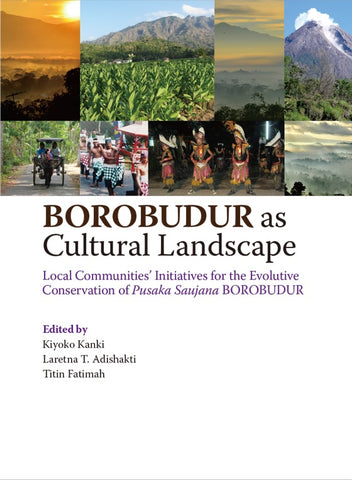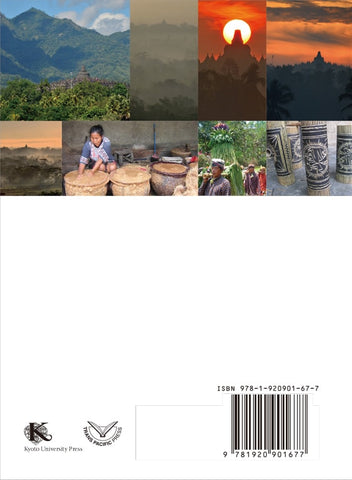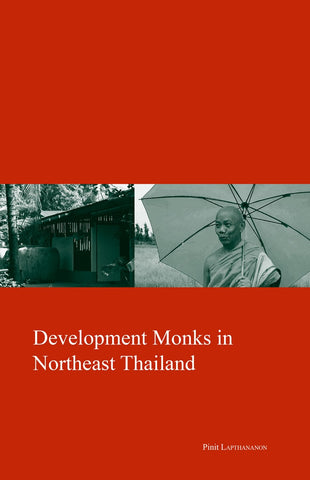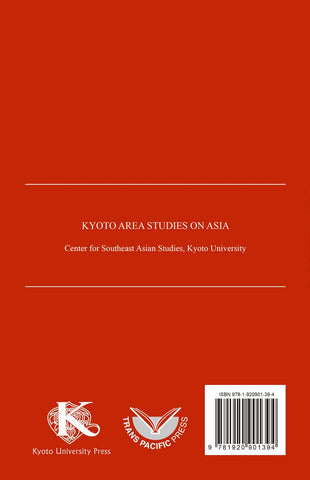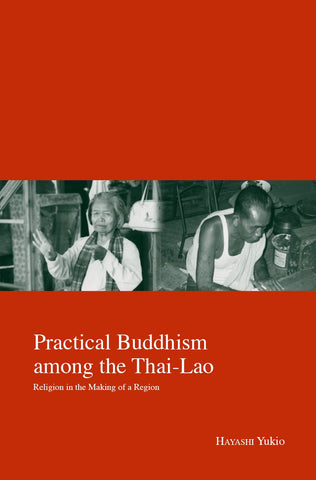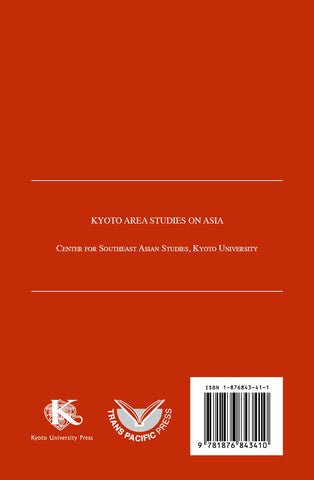Traditional Neighbors, Different Modernities
Many In Stock
Lying in the south-eastern Himalayas, Bhutan, Sikkim, and the Mon region show a rich and complex development as a contact area, one of intricate multi-layered cultural tapestries, a fascinating crossroads among, and therefore influenced by, Central Tibet to its north and Nepal and India to its south.
These three regions are not only neighbors that once shared a blurred contact zone but also entities that present both clear sociohistorical similarities and dissimilarities. Even if all three territories developed culturally in multiethnic contexts in which Tibetan groups and their Mahāyāna-Tantric form of Buddhism played a clear central role, their singular identities and political configuration and history are notably divergent, as exemplified by their relationships with the British empire and experience of Nepalese migration.
This three-part collective volume, covering Religion and Culture (I), Society and Education (II), and Law and Politics (III), aims to provide an adequate forum for the latest scholarship on the southeast Himalayas, adopting a relational and comparative approach, and exploring how each region deals with a wide range of cultural and identity issues in the pressing context of modernization and globalization.
About Editors and Authors
Miguel Álvarez Ortega has an academic background in law, linguistics and translation studies. After completing his PhD in contemporary Western philosophy of law, he studied Buddhist philosophy and Tibetan language at the Rangjung Yeshe Institute in Kathmandu, and Sanskrit at Kyoto University. He is an associate professor at the Kyoto University Graduate School of Law, where he teaches legal anthropology in East Asia, legal philosophy and religion and law.
Anna Balikci-Denjongpa is Research Coordinator at the Namgyal Institute of Tibetology, Sikkim, and editor of the Bulletin of Tibetology. She received her PhD in social anthropology from the School of Oriental and African Studies, University of London, which was published as Lamas, Shamans and Ancestors: Village Religion in Sikkim (Brill, 2008).
Seiji Kumagai is a professor at the Institute for the Future of Human Society (IFoHS) and divisional director at Kokoro Research Center. His field of research is Buddhist Madhyamaka and Abhidharma philosophy in India, Tibet and Bhutan, and also that of Bon religion.
Françoise Pommaret, PhD, is a cultural anthropologist, director of Research Emeritus at the CNRS (France) and associate professor at the College of Language and Culture (CLCS, Bhutan). She has been associated with Bhutan in different capacities since 1981 and has published numerous scholarly articles and books on different aspects of Bhutanese culture.
Table of contents
List of Illustrations
Contributors
Introduction:
Seiji Kumagai, Miguel Álvarez Ortega, Anna Balikci-Denjonpa, Françoise Pommaret and Lobsang Tenpa
PART I – Religion and Culture
- Tashi Gomang: Preserving a Bhutanese Tradition Thierry Mathou
- The Founder and Disciples of the Drukpa Kagyü School: Re-Examination of the Three Sub-Schools of Drukpa Kagyü Seiji Kumagai
- Lha Bon: Invoking Yultsen, an Ancient Ritual Offering and Cultural Belief of Central Bhutan Tenzin Dorji
- ‘Soul Retrieval’ (yung luba): A Shertukpen Healing Ritual Pascale Dollfus
- Interpretive Shifts, Discourse on Possession and Reified Institutional Truths of Reincarnation Claims in Contemporary Sikkim Kikee Doma Bhutia
PART II – Society and Education
- The Jatsawa Lineage in Trongsa and Their Links to the Religious Noble Families of Central and Eastern Bhutan Françoise Pommaret and Ngawang Jamtsho
- Bordering between Sikkim and Nepal: The Making of the Limbu as a Borderland People Mélanie Vandenhelsken
- Negotiating Sacred Himalayan Landscape: Contested Knowledge Production on Environment, Dams and the Deities’ Wrath in Sikkim Jenny Bentley
- Religious Connections, Economic Obstacles and Personal Fates: Contextualizing the Roles of Bridges in Sikkim (Himalayas) Marlene Erschbamer
- A Manual for Teaching Dzongkha as a Foreign Language Lungtaen Gyatso
- What Does ‘Being Educated’ Mean? Analysis of the Bhutanese Education Discourse Akiko Ueda
PART III – Law and Politics
- Feudal Tyranny and Democratic Shangri-la: Sikkim’s and Bhutan’s Contemporary Public Narratives on Medieval and Pre-Modern Law Miguel Álvarez Ortega
- ‘Ranked’ Sacrificial Offerings: Reconstructing Bhutan’s Historical Public Service Through New Textual and Ethnographic Sources Dendup Chophel
- Law, Rights and Childhood: United Nations Convention on the Rights of the Child and Its Implementation in Bhutan Richard W. Whitecross
- Transforming Buddhist Kingship: From Chogyal to Maharaja Alex McKay
- A Forgotten Extradition Accord Signed between British India and Tibet to Secure the Mon Region Bordering Assam in 1854 Lobsang Tenpa
Index
